5 Countries With the Largest Rainforest Coverage
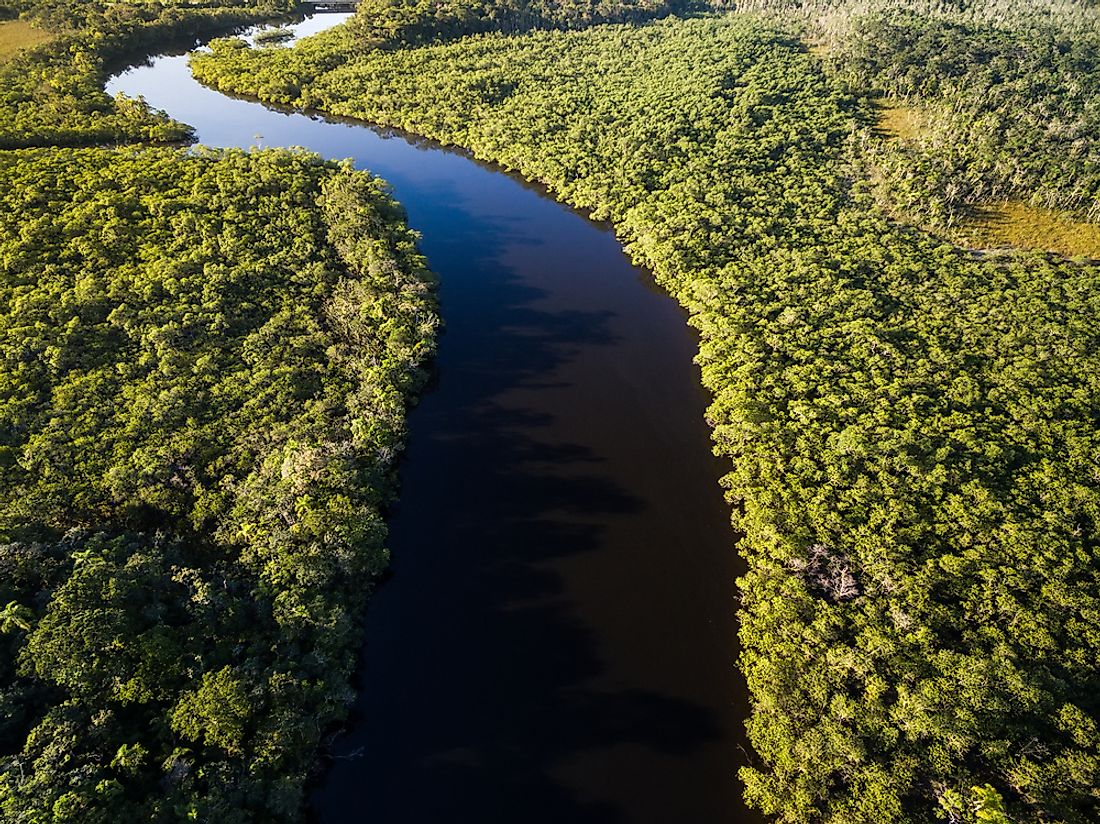
Rainforest vegetation has reduced significantly worldwide over the last few years, mostly due to human activities. The five largest remaining rainforests host great biodiversity although they also face deforestation and other threats. Though there are some levels of conservation, illegal activities sometimes overshadow the efforts. This, coupled with weak policies, means that our rainforests are still threatened. This is particularly worrisome as more than half of the world's animals and plants live in the rainforests.
5. Colombia - 258,688
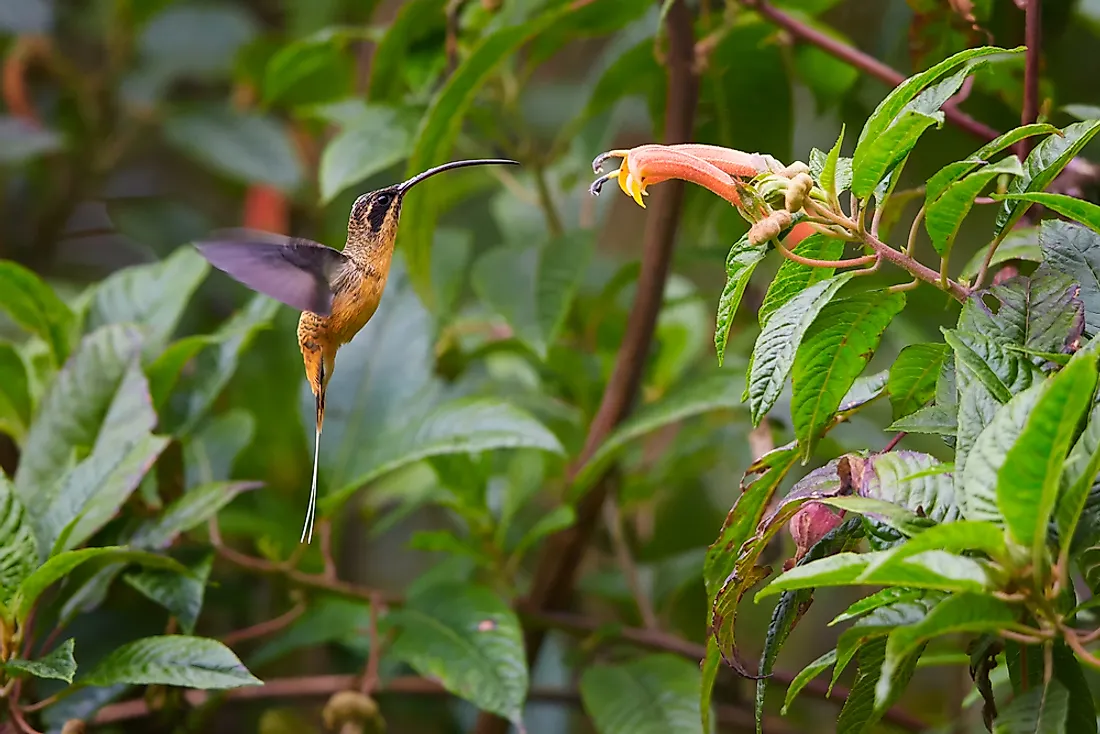
There are two major rainforest ecosystems in Columbia: the Amazonia and the Choco. Approximately 10% of the Amazon Forest lies within the borders of Colombia. The trees here grow to a height of between 98 to 131 feet. Rare species like the emergents may grow as high as 200 feet. Palms, small trees and to a lesser extent, ground vegetation, all compete for the penetrating sun. There are many vertebrates to be found such as mpider Monkeys, howler monkeys, giant anteaters, kinkajous, sloths, exotic eagles, curassows, toucans, macaws, armadillo, deer, the borugo rodent among others. There are also endangered species like the tapir, jaguar, puma, tigrillo (tiger cat) and others. The Amazonia Rivers have thousands of aquatic animal species like dolphins, the pirarucu (endangered) and other aquatic mammals like the manatee and otters (both endangered).The Choco rainforest has over 120 palm species, 40 species of kokois (poisonous frogs), over 1000 bird species, turtles, and the endangered anole lizard among others. Some threats facing the rainforests of Columbia are illegal logging, hunting, infrastructure development and charcoal burning. The area covered by the tropical rainforest stretch for 258,688 square miles.
4. Peru - 289,688
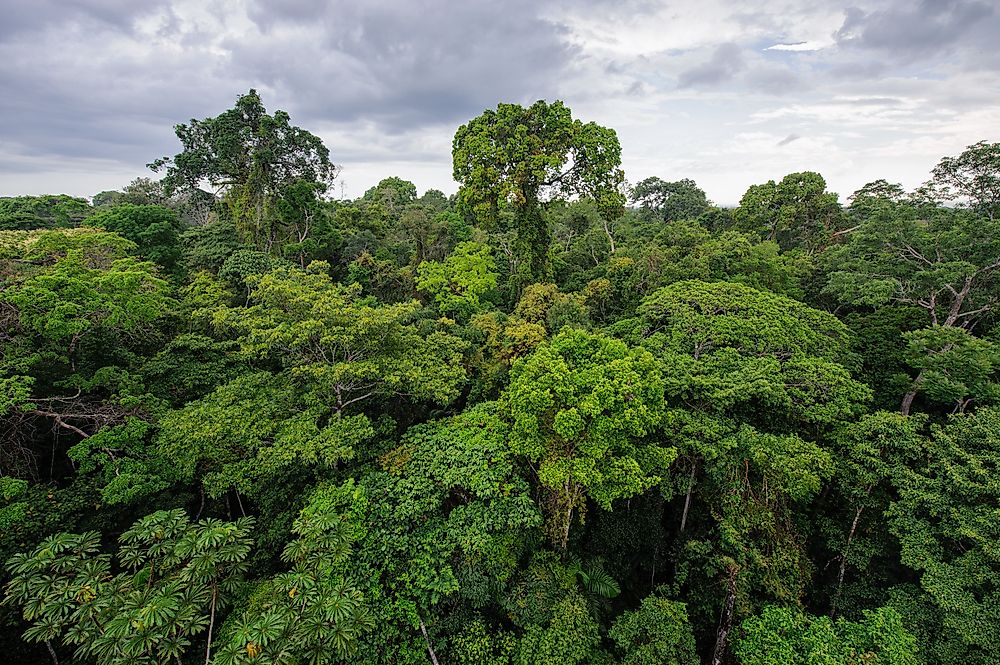
Peru has the 4th largest rainforest coverage in the world after Brazil, Congo, and Indonesia. It is rich in biodiversity. There are approximately 3,000 known amphibian species, birds, mammals, and reptiles. About 16 % of animal species in Peruvian rainforests are endemic, and over 7% are endangered. There are also over 17,000 species of vascular plants, 31% of which are endemic. Unfortunately, Peru has an annual deforestation rate of between 0.3 to 0.5% annually, and deforestation is mainly because of agriculture, logging, mining, contamination, and other human activities. The most logged tree is the mahogany because of its timber value. The rainforest coverage in the county is 289,576 square miles.
3. Indonesia - 490,349
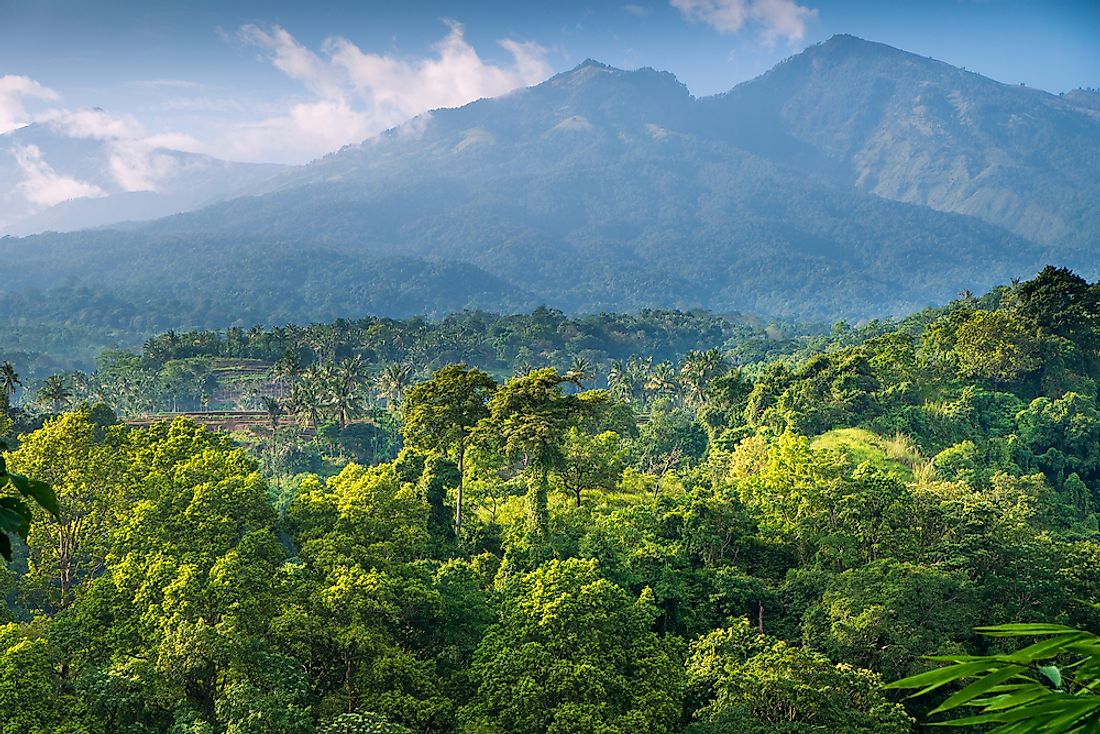
Indonesian tropical rainforests boast of extremely rich flora and fauna species. The rainforests are home to some of the highest concentration of palm trees in the world. Trees in most of the forests in Indonesia rise to between 98 to 131 feet, and there are several rivers and diverse types of wildlife. However, Indonesia is among the most deforested areas on the planet. Although Indonesian rainforest covered 84% of the country in the early 1900s, this is not the case anymore. Experts estimate that if things continue along the same path, then the forest may be cleared in less than two decades. The rainforest in the country covers an area of 490,349 square miles. There is illegal logging, farming, pollution and palm oil extraction by companies who have also been accused of causing frequent fires to clear more land for expansion. The country now is third largest greenhouse gas emitter. There are significant global conservation efforts to save the rainforests which include the areas found in Indonesia.
2. Democratic Republic of the Congo - 683,400
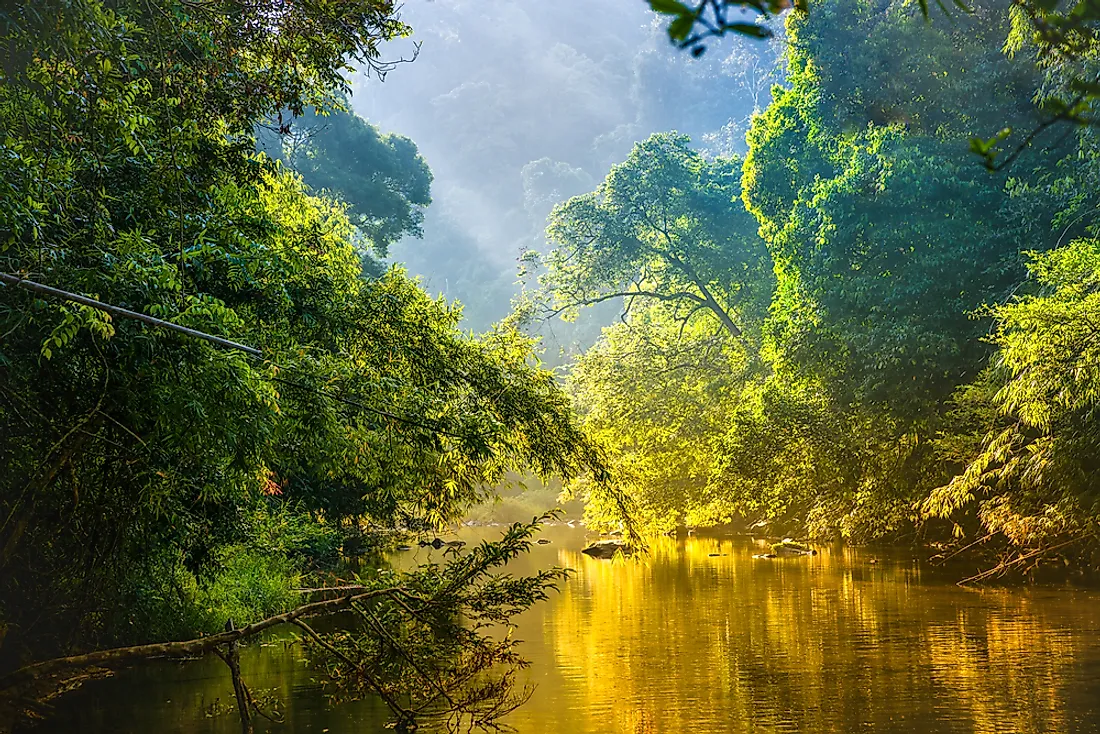
The Congo rainforest is the second largest worldwide. It spread across six countries and covers an area of 683,400 square miles. The Democratic Republic of the Congo is home to the largest percentage of the Congo Rainforest. There are more than 600 and 10,000 tree and animal species in the Congo Rainforest including the gorillas, okapi, chimpanzees, lions among others. Some of the plant and animal species play a fundamental role in shaping the identity of the forests. Like the other forests, the greatest threat to these forests is deforestation through logging, agriculture, charcoal burning, urban settlements, mining, and hunting. Environmentalists and wildlife conservationists are working to protect the rainforests and their endangered species.
1. Brazil - 1,800,000
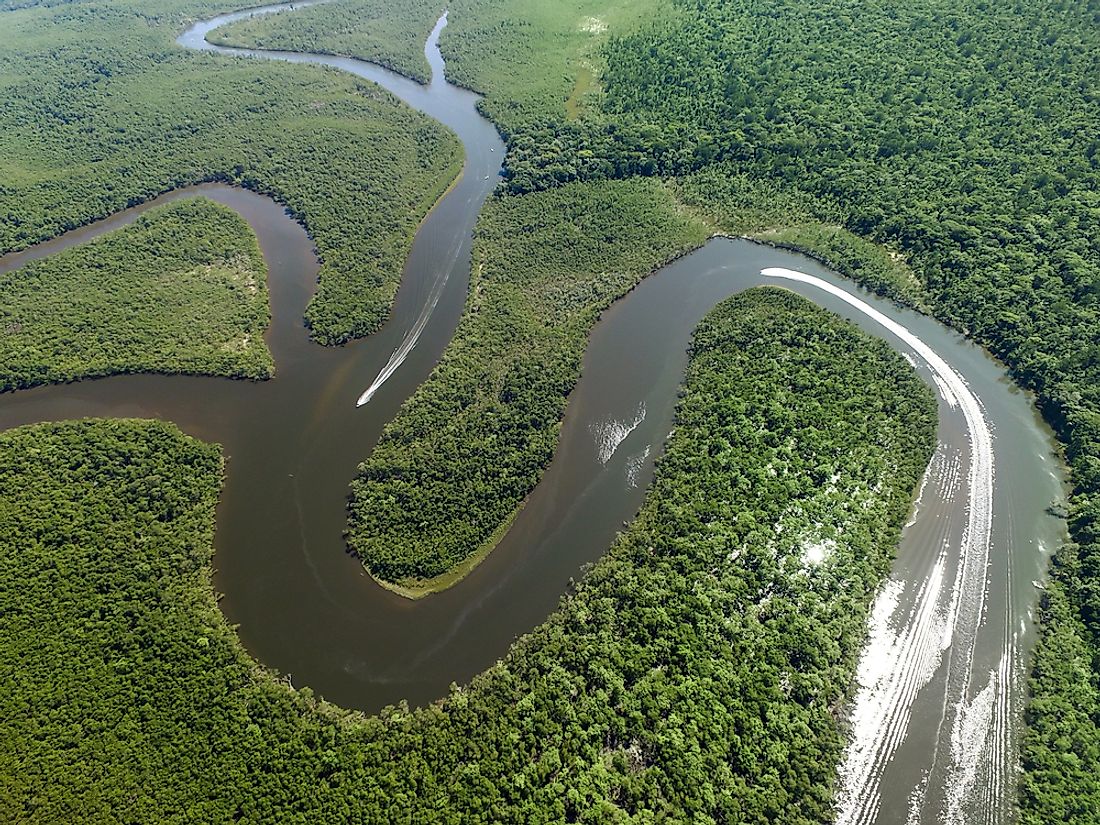
Brazil has the largest rainforest cover in the world, thanks to the Amazon Rainforest. The Amazon Rainforest is the biggest and most biodiverse rainforest in the world covering an area of 1,800,000 square miles. Brazil is estimated to have approximately 400 billion trees of 16,000 different species. The rainforests of Brazil are also the most biodiverse with 10% of all the world's species being endemic. Among the rare animal species known to humans are the black caiman, cougar, jaguar, anaconda, electric eels, piranha, dart frogs, and vampire bats. Growing human settlements are among the leading threats to the rainforests and biodiversity. Other threats include farming, construction of transportation routes, hunting, logging, etc. The Amazon is one of the most watched rainforests, and there are comprehensive conservation plans in action.











